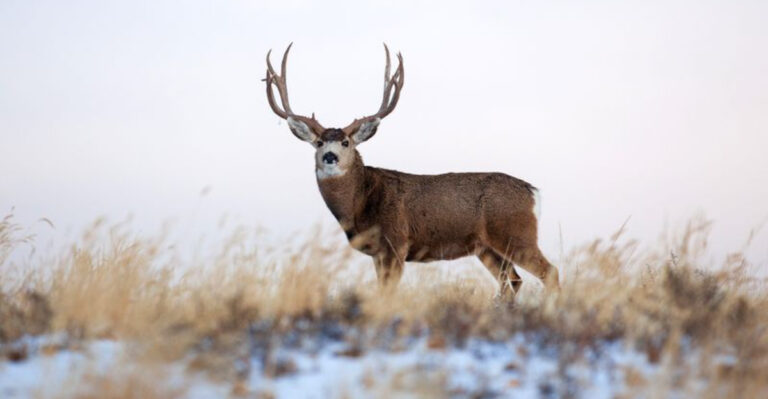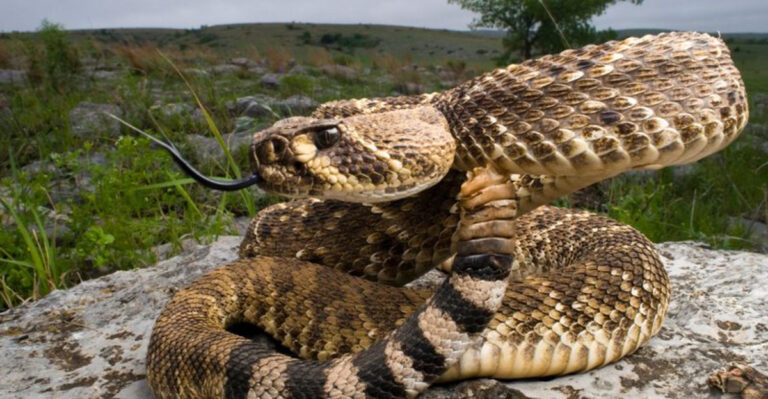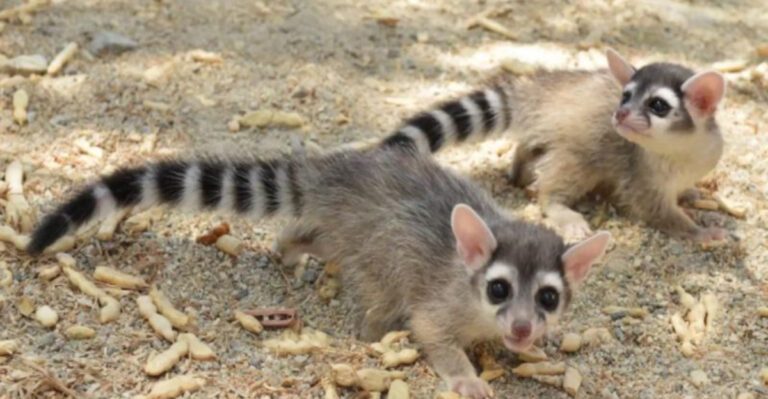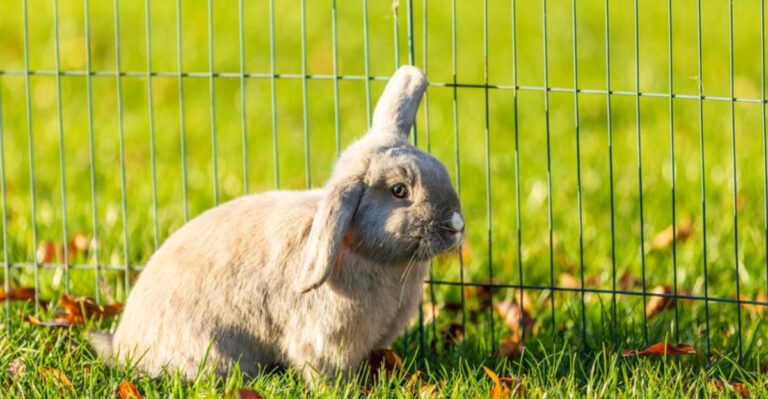12 Giant American Animals Lost Forever (And 4 That Are On The Brink Of Extinction)
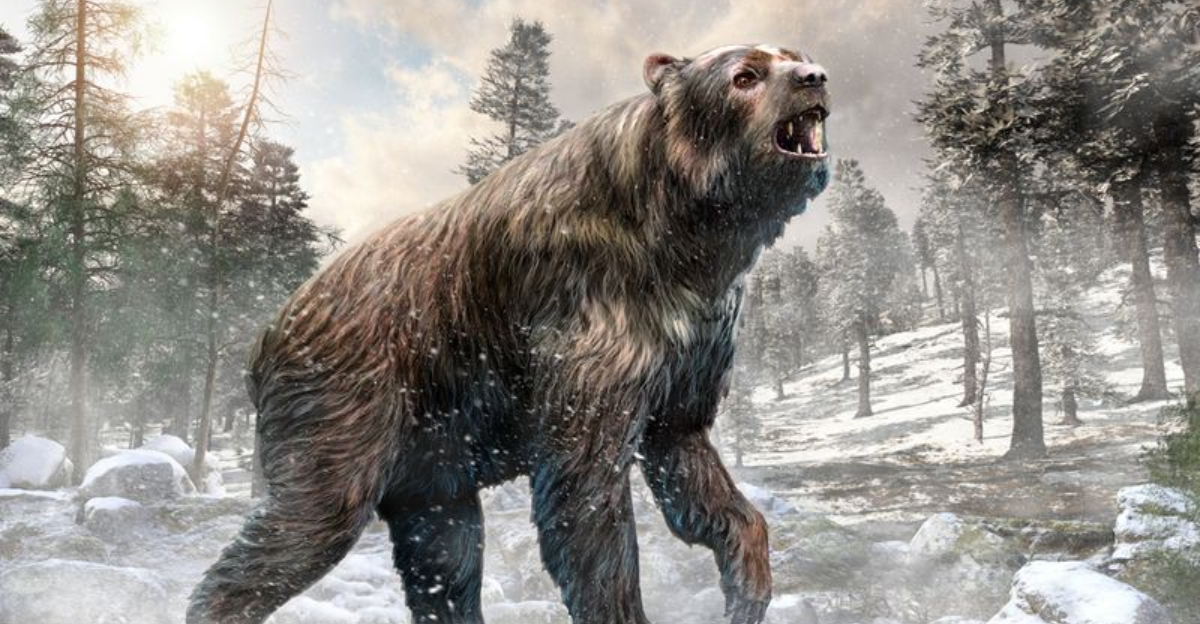
Imagine a time when the land was ruled by giants, long before cities and skyscrapers took over.
Huge creatures, some weighing tons, wandered across America’s vast plains, forests, and mountains, shaping the land and its ecosystems in ways we can only imagine.
Sadly, many of these magnificent beasts were wiped out by climate changes, human hunting, and habitat loss. A few still cling to survival, barely hanging on in the wild today.
1. The Dire Wolf
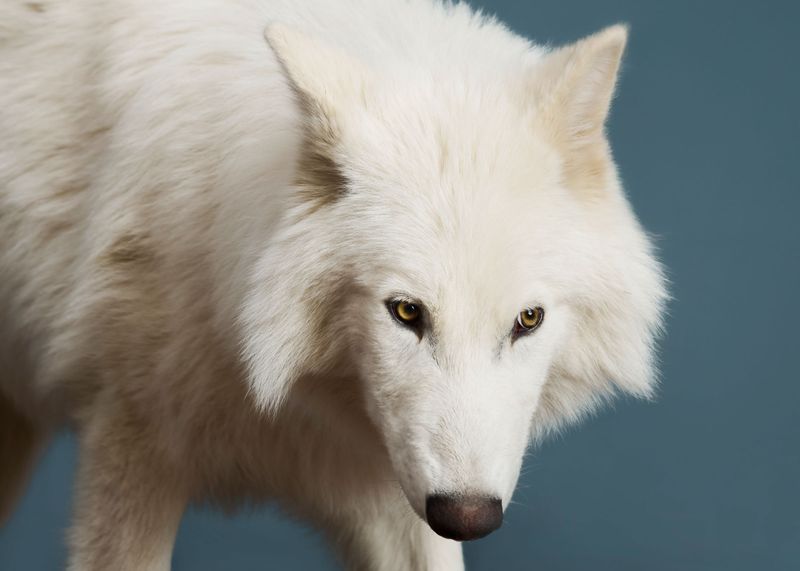
In the icy landscapes of prehistoric North America, the dire wolf was a fearsome predator. These wolves, larger than their modern cousins, hunted in packs, leveraging their strength in numbers.
Their formidable presence was integral to the Ice Age ecosystem, where they feasted on large herbivores. However, as the climate warmed, their prey disappeared, and so too did they.
Their legacy, popularized by pop culture, remains strong.
2. Woolly Giants Of The Ice Age
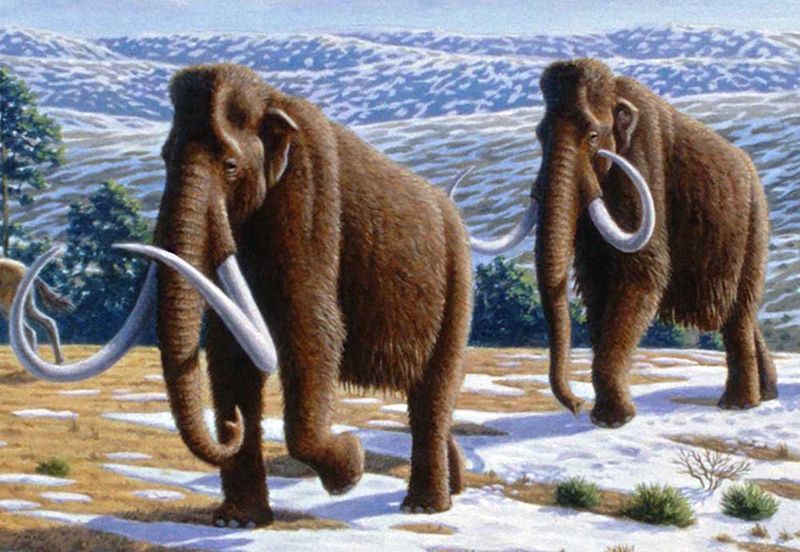
Standing 13 feet tall at the shoulder, these tusked titans weighed up to 6 tons and sported thick, shaggy coats perfect for frigid temperatures. Mammoths disappeared around 10,000 years ago when the Ice Age ended.
Their extinction likely resulted from a perfect storm of warming climates destroying their habitat and increased hunting pressure from early humans. Scientists have found remarkably preserved specimens in permafrost, complete with skin, fur, and stomach contents!
3. The Mighty Forest Mastodon
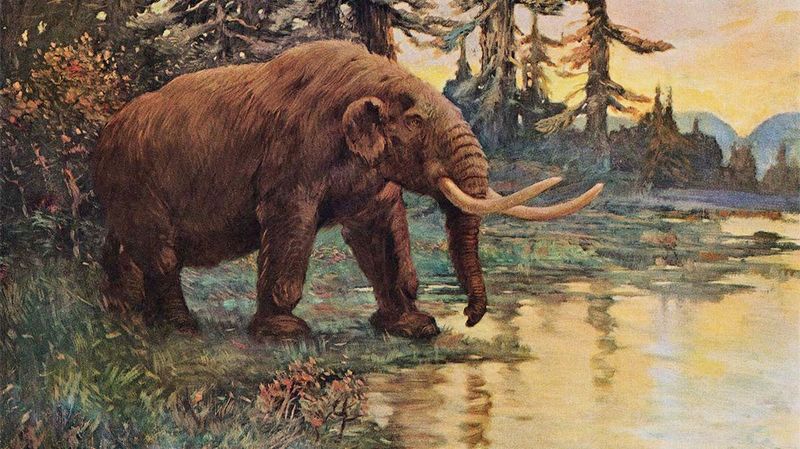
Unlike their mammoth cousins who preferred open grasslands, these forest-dwelling giants munched on tree branches and shrubs with their distinctive teeth. Mastodons vanished around the same time as mammoths but had thrived for millions of years before that.
With shorter legs and stockier bodies than mammoths, these creatures were woodland specialists. Their extinction coincided with dramatic climate shifts and the arrival of skilled human hunters who targeted these slow-moving behemoths.
4. Car-Sized Armored Tank
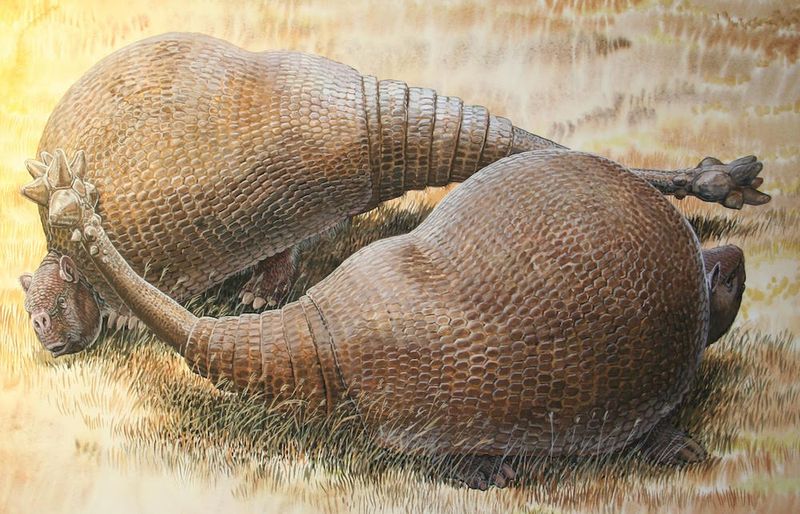
Imagine a Volkswagen Beetle with legs and a spiky tail! Glyptodons were essentially giant armadillos, covered in a dome-shaped shell made of interlocking bony plates. These plant-eaters used their shells as protection against predators.
Living in what’s now the American Southwest until about 10,000 years ago, they disappeared during the mass extinction that claimed many large mammals. Some evidence suggests humans may have used their empty shells as shelters after hunting these impressive creatures.
5. The Ultimate Prehistoric Predator
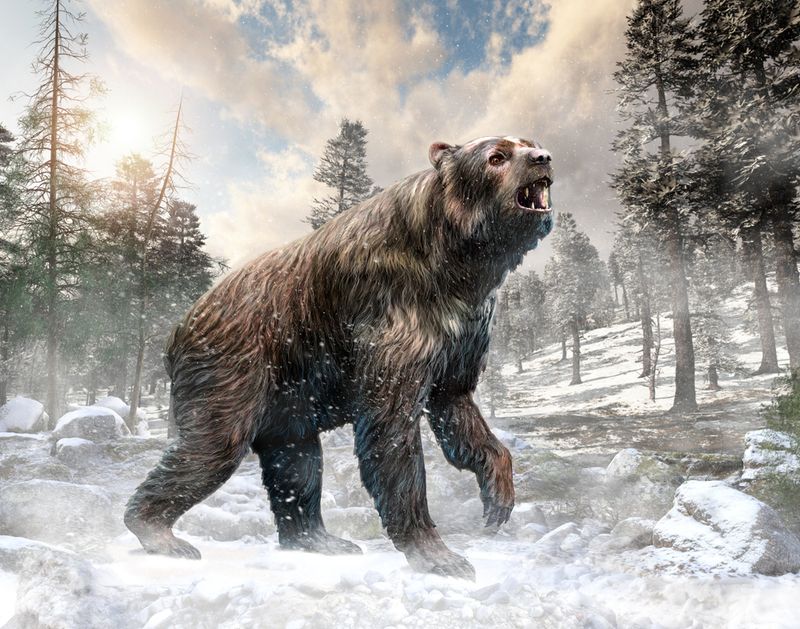
Towering over today’s grizzlies, the short-faced bear could stand 11 feet tall when upright! Despite the name, its snout wasn’t particularly short—the nickname came from its broad facial features compared to other bears.
These speedsters could run down prey at 40 mph, making them North America’s top predator for thousands of years. Their disappearance around 11,000 years ago likely resulted from competition with humans for food and the extinction of many large prey animals they depended on.
6. Supersized Pack Hunters
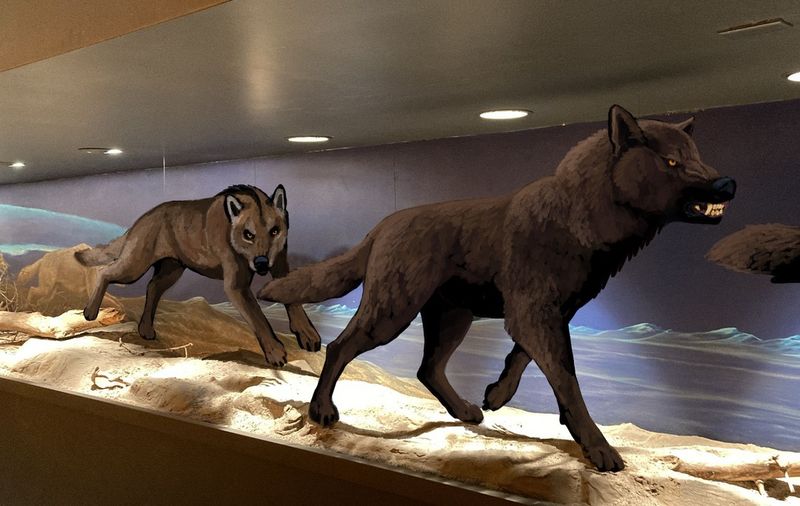
Forget what you saw on Game of Thrones—real dire wolves were actually bulkier and had stronger jaws than their TV counterparts! These formidable pack hunters roamed North America for over 100,000 years.
Specialized for taking down large Ice Age mammals, dire wolves couldn’t adapt when their preferred prey disappeared. Thousands of their fossils have been discovered in the La Brea Tar Pits, suggesting they often got trapped while trying to feed on animals already stuck in the asphalt.
7. King Of American Big Cats
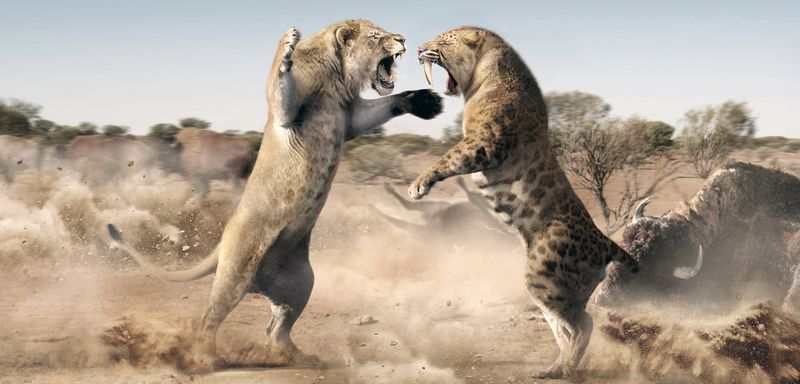
Twenty-five percent larger than today’s African lions, these enormous felines weighed up to 800 pounds! American lions prowled from Alaska to Peru, making them one of the most widespread predators of their time.
Cave paintings by early humans show these magnificent beasts had no manes, unlike their modern African relatives. Their extinction roughly 11,000 years ago coincided with the disappearance of many large herbivores they hunted, suggesting their specialized diet became their downfall as the climate changed.
8. Fangs Longer Than Steak Knives
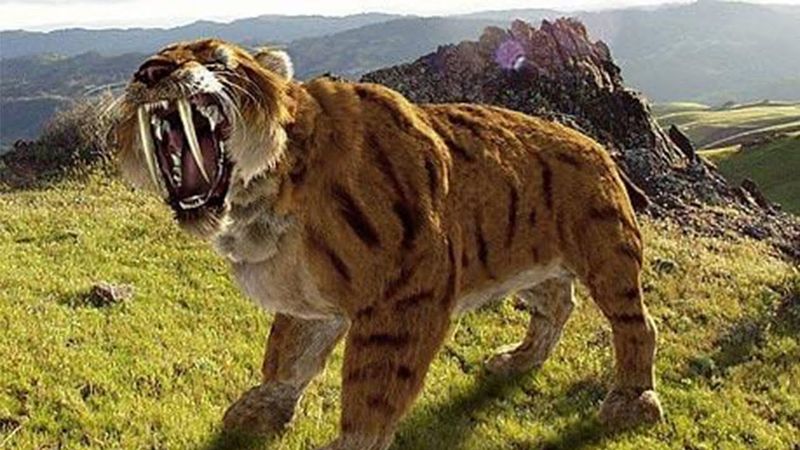
Those iconic 7-inch curved canine teeth weren’t just for show! Saber-toothed cats used their impressive fangs to deliver killing blows to the soft underbellies of large prey after ambushing them.
Unlike modern cats who suffocate prey with throat bites, these predators evolved a completely different hunting style. Their extinction around 10,000 years ago likely stemmed from the disappearance of the large herbivores they specialized in hunting, leaving them without adequate food sources.
9. The Southern Ice Age Giant
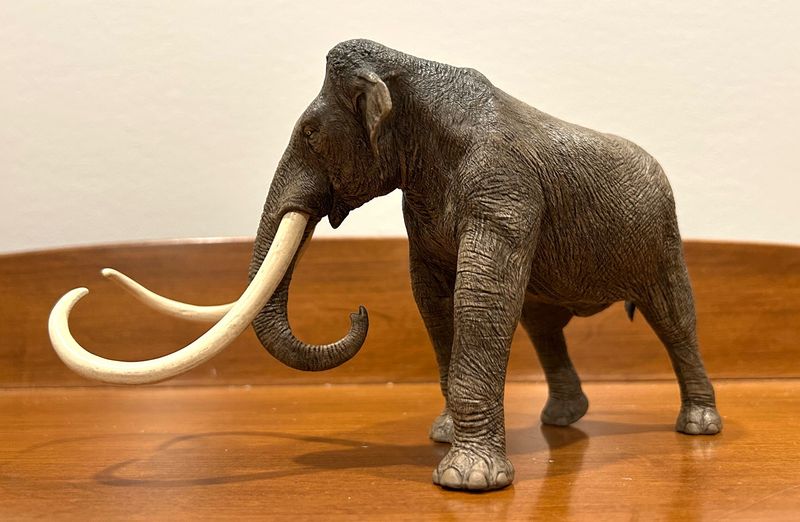
Reaching nearly 14 feet at the shoulder, these colossal elephants dwarfed today’s African elephants! Columbian mammoths preferred warmer climates than their woolly cousins, thriving in the southern United States and Mexico.
Their straight tusks could grow an astonishing 16 feet long, the longest of any mammoth species. A combination of human hunting and climate change likely drove these magnificent beasts to extinction around 11,000 years ago, as grasslands they depended on shrank and transformed into different ecosystems.
10. Prehistoric Gardening Helper
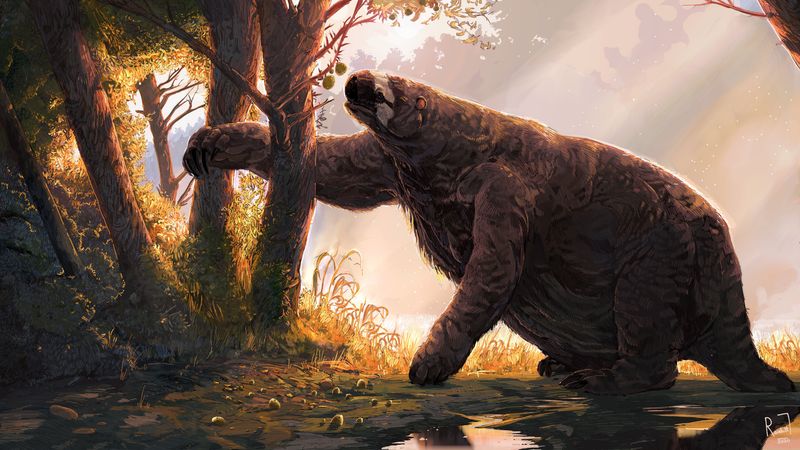
Weighing as much as a small car, these gentle giants stood 20 feet tall when reaching for treetop leaves! Giant ground sloths moved slowly but wielded powerful claws that could rip apart tough vegetation and dig for roots.
Unlike today’s tree sloths, these ground-dwellers played a crucial role in spreading plant seeds across ancient America. Their dung contained large, undigested seeds that grew into fruit trees. When they disappeared around 10,000 years ago, certain plant species lost their main seed disperser.
11. North America’s Aerial Terror
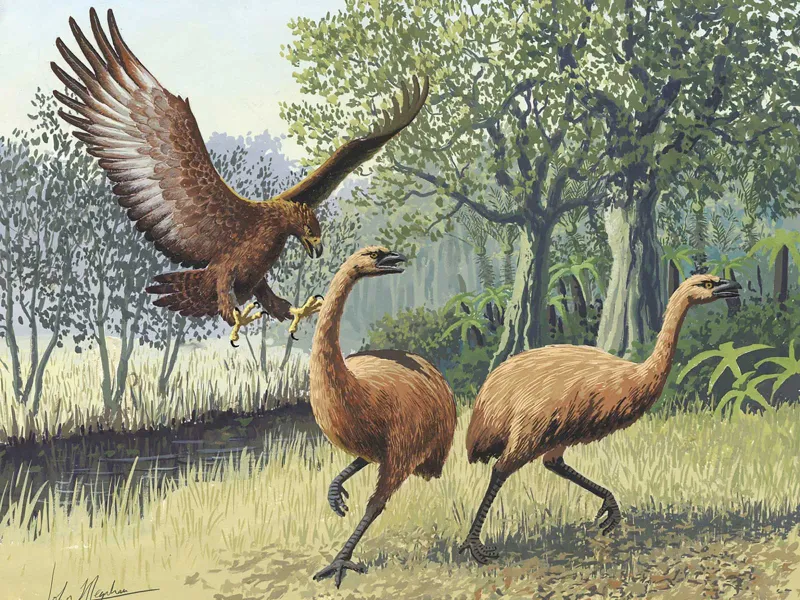
With a wingspan stretching 10 feet and powerful talons that could crush bone, Haast’s eagle was a flying nightmare for prey animals! These massive birds could dive at speeds over 50 mph to snatch victims from the ground.
Originally evolving to hunt large flightless birds, these eagles adapted to target young or smaller mammals as their preferred prey vanished. Their extinction around 11,000 years ago likely resulted from habitat changes and the disappearance of suitable prey animals as forests replaced grasslands in many regions.
12. The Dam-Builder On Steroids
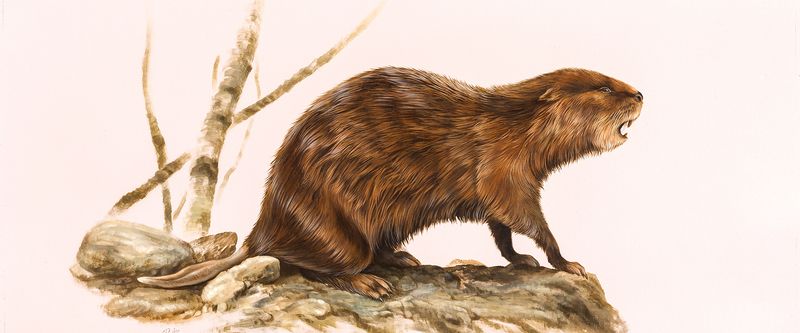
At 8 feet long and weighing 200 pounds, these super-sized rodents make today’s beavers look like hamsters! Giant beavers built massive dams and lodges but lacked the flat, paddle-shaped tails of modern beavers.
Their front teeth could grow to a whopping 6 inches long—imagine beaver incisors the size of bananas! These engineering marvels disappeared around 10,000 years ago as the wet environments they thrived in dried up during climate shifts at the end of the Ice Age.
13. The Ghost Cat Of The Everglades
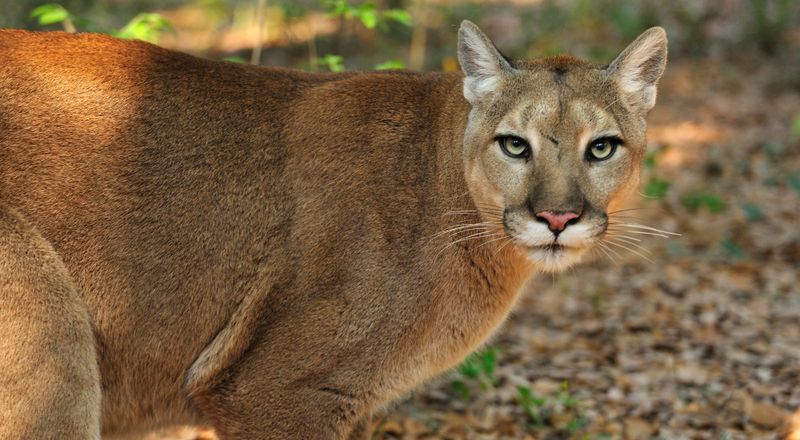
Down to fewer than 200 individuals, these sleek predators are struggling to survive in Florida’s shrinking wilderness. Genetic rescue through introducing Texas cougars has helped combat inbreeding problems that caused heart defects and reproductive issues.
Road collisions remain their biggest threat today. Wildlife crossings built under highways have helped reduce deaths, but urban development continues to fragment their territory. Each panther needs up to 200 square miles of territory to thrive—an area increasingly difficult to preserve in rapidly developing Florida.
14. America’s Most Endangered Wolf
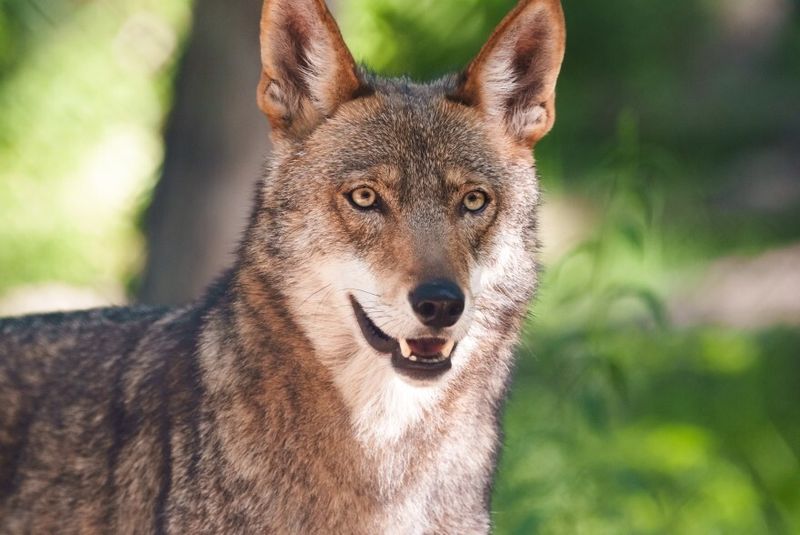
Smaller than gray wolves but larger than coyotes, only about 20 red wolves remain in the wild today! Once roaming throughout the southeastern United States, they were declared extinct in the wild by 1980.
A captive breeding program reintroduced them to eastern North Carolina in 1987. Their recovery faces ongoing challenges from habitat loss, vehicle strikes, and hybridization with coyotes. These rusty-colored canines are social animals that mate for life and live in family groups, communicating through howls that sound higher-pitched than gray wolf calls.
15. The Last Truly Wild Horse
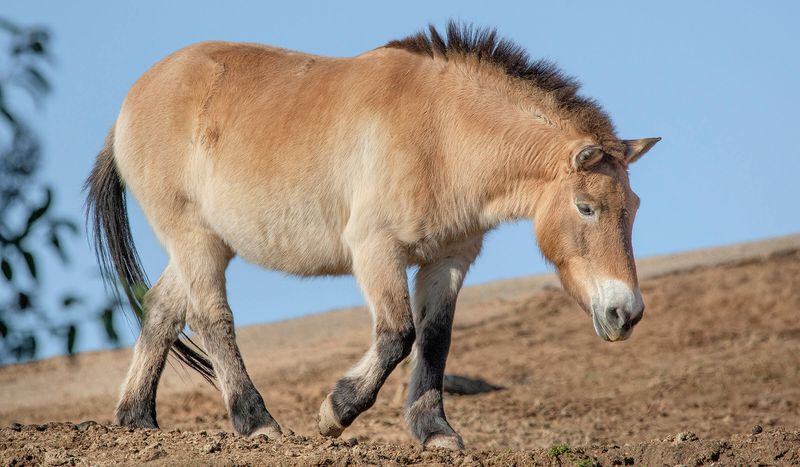
Though not originally native to North America, Przewalski’s horses represent the world’s only surviving truly wild horse species! These stocky, dun-colored equines have never been domesticated, unlike all other horse types.
Extinct in the wild by the 1960s, they survived only in zoos. Conservation breeding programs have successfully reintroduced these horses to protected areas in Mongolia and China. American wildlife preserves now host small populations of these genetic treasures, helping ensure their survival through carefully managed breeding programs.
16. The California Condor
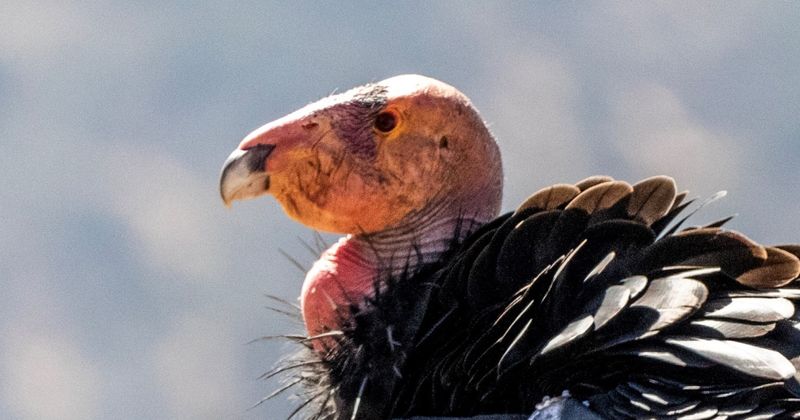
Soaring with an unparalleled grace, the California condor is a symbol of resilience and hope. With a wingspan stretching nearly ten feet, it commands the skies of the American West.
Once on the brink of extinction, conservation efforts have helped its slow recovery. These birds thrive in the cliffs and canyons, their keen eyes scanning for carrion from great heights.
Despite challenges, including habitat loss and lead poisoning, the condor’s survival story continues. Its plight highlights the delicate balance between human activity and nature’s wonders.

